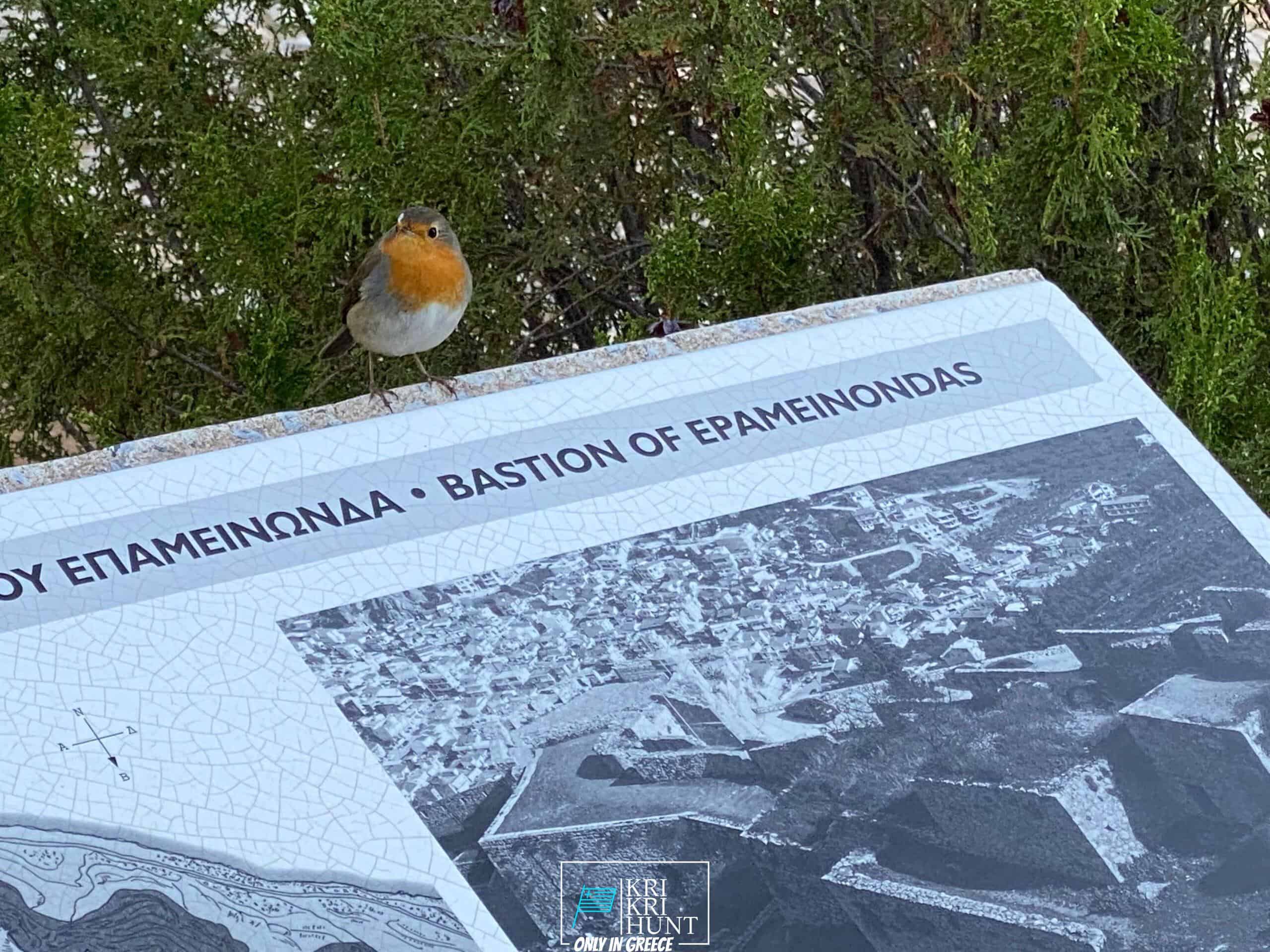Live out your kri kri ibex hunting dreams in Sapientza, Greece!
Live out your kri kri ibex hunting dreams in Sapientza, Greece!
Blog Article

Searching for Kri Kri ibex in Greece is a remarkable hunting expedition and also great trip done in one. Ibex hunting is usually a harsh experience, however not in this situation! Dive to shipwrecks and spearfishing in old Greece, or enjoy ibex hunting in an exotic area are just a few of the important things you may do during a week lengthy ibex hunting expedition in Greece. Can you think of anything else?

This Ibex is not a petite type of the Bezoar Ibex, which has actually migrated to the western side of its range. The kri-kri (Capra aegagrus cretica), additionally known as the Cretan goat, Agrimi, or Cretan Ibex, is a wild goat native to the Eastern Mediterranean. The kri-kri (Capra aegagrus cretica), a feral goat inhabiting the East Mediterranean, was as soon as thought to be a subspecies of wild goat. The kri-kri has a light brown coat with a darker neck band. Their 2 sweeping horns climb from their head. The kri-kri is a skeptical as well as shy pet in the wild, relaxing during the day. They can jump fars away or climb up seemingly large cliffs.
On our Peloponnese scenic tours, you'll reach experience all that this fantastic area needs to use. We'll take you on a trip of a few of the most historic and attractive websites in all of Greece, including old ruins, castles, and also more. You'll additionally get to experience several of the standard Greek culture firsthand by delighting in some of the delicious food and white wine that the region is recognized for. And obviously, no trip to Peloponnese would certainly be total without a dip in the gleaming Mediterranean Sea! Whether you're an experienced hunter searching for a first-time tourist or a new experience just aiming to explore Greece's sensational landscape, our Peloponnese trips are perfect for you. What are you waiting for? Schedule your journey today!
Look no even more than the Sapientza island in Greece if you are looking for Kri Kri ibex search and also extraordinary vacation location. With its spectacular all-natural charm, scrumptious food, as well as abundant culture, you will certainly not be let down. Reserve among our hunting as well as touring Peloponnese Tours from Methoni today, dot neglect your trophy Kri Kri ibex!
What is the diference between Kri Kri ibex, Bezoar ibex and hybrid ibex
The kri-kri is not thought to be indigenous to Crete, most likely having been imported to the island during the time of the Minoan civilization. Nevertheless, it is found nowhere else and is therefore endemic to Crete. It was common throughout the Aegean but the peaks of the 8,000 ft (2,400 m) White Mountains of Western Crete are their last strongholds–particularly a series of almost vertical 3,000 ft (900 m) cliffs called ‘the Untrodden’—at the head of the Samaria Gorge. This mountain range, which hosts another 14 endemic animal species, is protected as a UNESCO Biosphere Reserve. In total, their range extends to the White Mountains, the Samaria National Forest and the islets of Dia, Thodorou, and Agii Pandes.
This Ibex is NOT a diminutive form of the Bezoar Ibex, which has migrated into the western-most reach of the range of this species. The kri – kri (Capra aegagrus cretica), sometimes called the Cretan goat, Agrimi, or Cretan Ibex, is a feral goat inhabiting the Eastern Mediterranean, previously considered a subspecies of wild goat. The kri-kri has a light brownish coat with a darker band around its neck. It has two horns that sweep back from the head. In the wild they are shy and avoid tourists, resting during the day. The animal can leap some distance or climb seemingly sheer cliffs.
“The agrimi goat Capra aegagrus cretica is unique to Crete and its offshore islands. It has been identi®ed as a sub-species of the wild bezoar goat Capra aegagrus aegagrus Erxleben, 1777, which it closely resembles in horn shape, body form and coloration. This classi®cation has been disputed by some researchers who claim that the agrimi are feral goats, derived from early domestic stock brought to the island by the ®rst Neolithic settlers. In order to clarify this issue, DNA analyses (cytochrome b and D loop sequences) were carried out on tissue of live and skeletonized agrimi and compared to sequences of wild and domestic caprines. Results conclusively show the agrimi to be a feral animal, that clades with domestic goats (Capra hircus) rather than with wild Asiatic bezoar. This study demonstrates that morphometric criteria do not necessarily re¯ect genetic af®nities, and that the taxonomic classi®cation of agrimi should be revised.”
Report this page